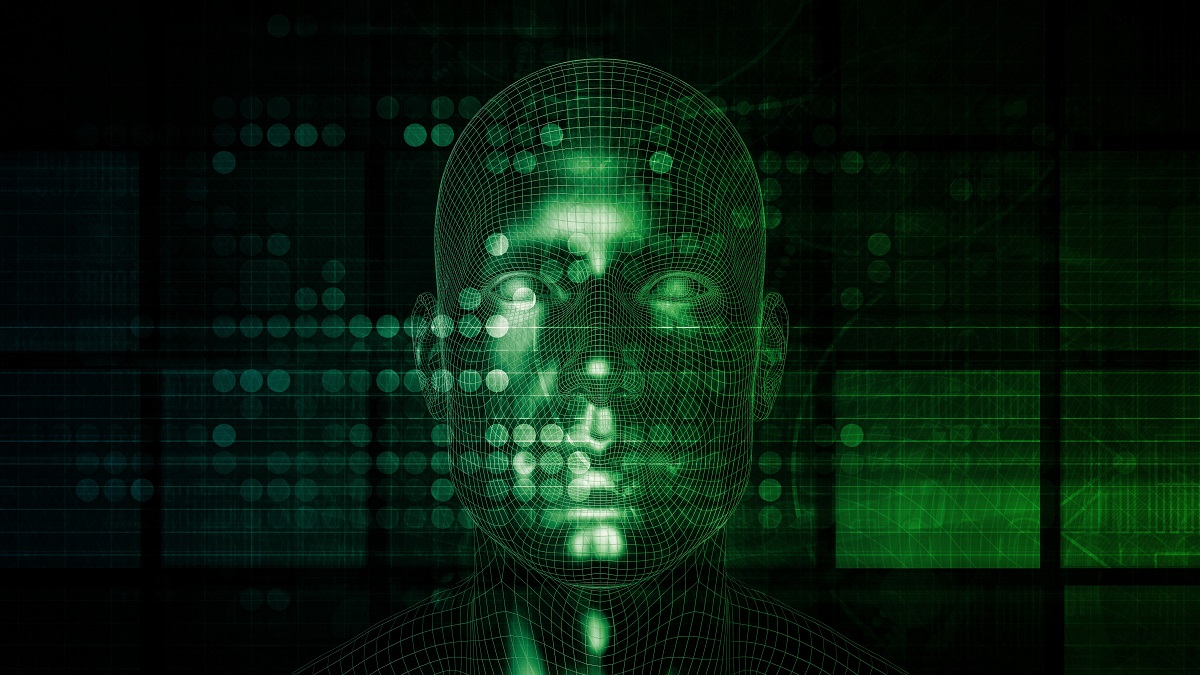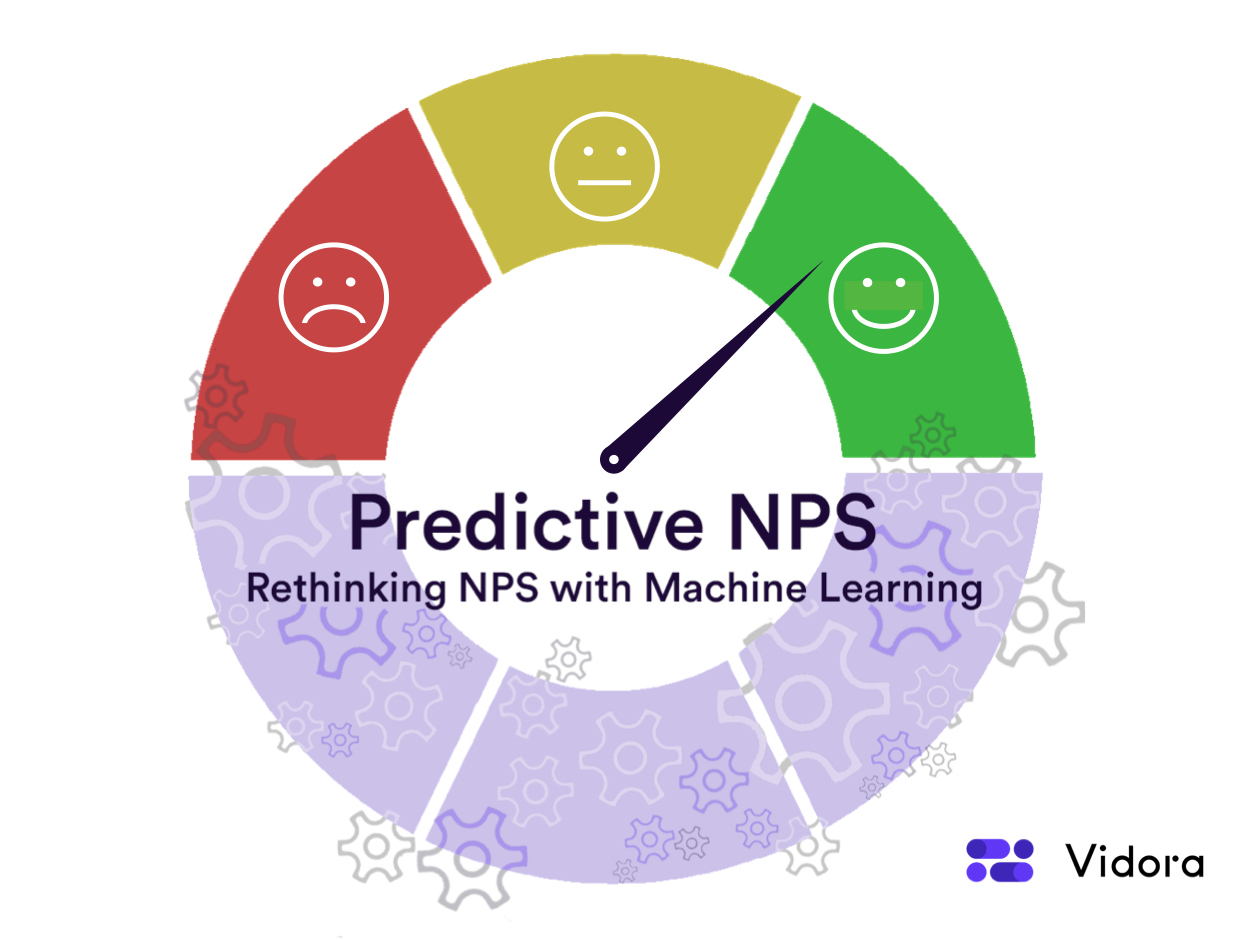
The Massachusetts Institute of Technology hosted "MIT Cybersecurity at a Glance" a recent event to launch the institution’s comprehensive cyber security initiative. MIT's efforts focus on solving the legal, regulatory, and commercial challenges associated with cybersecurity. These areas were covered in detail at the conference. Apart from cybersecurity, there were a variety panels at the event, including one on memory-sharing. This article will talk about the importance and benefits of IDSs and memory sharing.
Memory sharing
Researchers have demonstrated the benefits of shared memory in protecting computer program secrets. This type storage allows program processes to quickly exchange data. Reading and writing data through regular operating system services can be slow and inefficient. By utilizing shared memory, all processes can access information without a delay. This is especially useful for cyber security research as it speeds up computations. It is therefore important to prevent sensitive information being exposed by malicious software.

Cryptographic systems
Cryptographic systems safeguard enterprise information, communications, as well as networks, from cyber-attacks. These systems use mathematical concepts, rules-based calculations, and mathematical concepts to convert messages in a form that is not easily read or decoded. Cryptographic algorithms can be used to generate keys, digital signatures, data privacy, network integrity, confidential communications, and other purposes. Because of the widespread availability of computers with low prices and the rise in the Internet, these systems are now easily accessible. In the past, people only had access to these systems, but today, high-quality encryption can be used by everyone.
Intrusion detection system (IDS)
IDS, an IDS-type security tool, is designed to identify and block malware before it executes. It can only happen with high-quality IDSs. IDSs have been created to help in the detection and prevention of malware-related threats. Here, we will discuss two popular types of IDS: statistical and knowledge-based. Knowledge-based IDSs make use of statistical metrics and are designed to monitor packets that are representative of a flow.
Method to protect secret computer program information
Researchers have discovered a method to make computing faster by sharing hardware. A malicious program can detect when a system uses shared hardware and use that information to gain the secrets it needs. During this time, a malicious program will try to obtain the secrets stored in the memory. The researchers devised a way to use the shared hardware to protect computer programs, and keep their secret information secure.
Study of code reuse attacks
The study showed that reusing software reduces the risks of cybersecurity incidents. Even though the study used a proxy measure for potential vulnerabilities, this is still a poor indicator about actual security risks. Although potential vulnerabilities can give an indication of quality or unmet security levels they do NOT reflect actual exploitable threat. These findings should be considered when interpreting the study's conclusions. It might be beneficial to consider the effects of reuse on security or privacy in practice.

Design of better defenses
The Institute for Electrical and Electronics Engineers Security & Privacy magazine published a recent article about the importance of cyber security research conducted at MIT's Lincoln Laboratory. Hamed Okhravi (a senior staff member of the Secure Resilient Systems and Technology Group) highlights the lab’s research goals and philosophy. This article will explain how these projects can improve cybersecurity.
FAQ
Which industries use AI the most?
Automotive is one of the first to adopt AI. For example, BMW AG uses AI to diagnose car problems, Ford Motor Company uses AI to develop self-driving cars, and General Motors uses AI to power its autonomous vehicle fleet.
Banking, insurance, healthcare and retail are all other AI industries.
What are the advantages of AI?
Artificial Intelligence is a revolutionary technology that could forever change the way we live. It is revolutionizing healthcare, finance, and other industries. It's predicted that it will have profound effects on everything, from education to government services, by 2025.
AI is already being used to solve problems in areas such as medicine, transportation, energy, security, and manufacturing. The possibilities for AI applications will only increase as there are more of them.
What makes it unique? It learns. Computers can learn, and they don't need any training. Instead of learning, computers simply look at the world and then use those skills to solve problems.
AI is distinguished from other types of software by its ability to quickly learn. Computers can quickly read millions of pages each second. They can instantly translate foreign languages and recognize faces.
It doesn't even require humans to complete tasks, which makes AI much more efficient than humans. It can even outperform humans in certain situations.
In 2017, researchers created a chatbot called Eugene Goostman. Numerous people were fooled by the bot into believing that it was Vladimir Putin.
This is a clear indication that AI can be very convincing. AI's ability to adapt is another benefit. It can be trained to perform new tasks easily and efficiently.
This means that companies don't have the need to invest large sums of money in IT infrastructure or hire large numbers.
Are there potential dangers associated with AI technology?
Yes. There always will be. Some experts believe that AI poses significant threats to society as a whole. Others argue that AI is not only beneficial but also necessary to improve the quality of life.
AI's misuse potential is the greatest concern. If AI becomes too powerful, it could lead to dangerous outcomes. This includes robot dictators and autonomous weapons.
AI could also take over jobs. Many fear that robots could replace the workforce. Others think artificial intelligence could let workers concentrate on other aspects.
Some economists even predict that automation will lead to higher productivity and lower unemployment.
What can AI do?
AI has two main uses:
* Prediction-AI systems can forecast future events. For example, a self-driving car can use AI to identify traffic lights and stop at red ones.
* Decision making. AI systems can make important decisions for us. You can have your phone recognize faces and suggest people to call.
What will the government do about AI regulation?
While governments are already responsible for AI regulation, they must do so better. They must make it clear that citizens can control the way their data is used. They must also ensure that AI is not used for unethical purposes by companies.
They should also make sure we aren't creating an unfair playing ground between different types businesses. Small business owners who want to use AI for their business should be allowed to do this without restrictions from large companies.
Statistics
- In 2019, AI adoption among large companies increased by 47% compared to 2018, according to the latest Artificial IntelligenceIndex report. (marsner.com)
- By using BrainBox AI, commercial buildings can reduce total energy costs by 25% and improves occupant comfort by 60%. (analyticsinsight.net)
- The company's AI team trained an image recognition model to 85 percent accuracy using billions of public Instagram photos tagged with hashtags. (builtin.com)
- A 2021 Pew Research survey revealed that 37 percent of respondents who are more concerned than excited about AI had concerns including job loss, privacy, and AI's potential to “surpass human skills.” (builtin.com)
- That's as many of us that have been in that AI space would say, it's about 70 or 80 percent of the work. (finra.org)
External Links
How To
How to setup Siri to speak when charging
Siri can do many things, but one thing she cannot do is speak back to you. This is due to the fact that your iPhone does NOT have a microphone. Bluetooth is a better alternative to Siri.
Here's how Siri can speak while charging.
-
Select "Speak When locked" under "When using Assistive Touch."
-
To activate Siri press twice the home button.
-
Ask Siri to Speak.
-
Say, "Hey Siri."
-
Simply say "OK."
-
Say, "Tell me something interesting."
-
Say "I'm bored," "Play some music," "Call my friend," "Remind me about, ""Take a picture," "Set a timer," "Check out," and so on.
-
Speak "Done."
-
If you would like to say "Thanks",
-
If you have an iPhone X/XS or XS, take off the battery cover.
-
Replace the battery.
-
Assemble the iPhone again.
-
Connect your iPhone to iTunes
-
Sync your iPhone.
-
Enable "Use Toggle the switch to On.